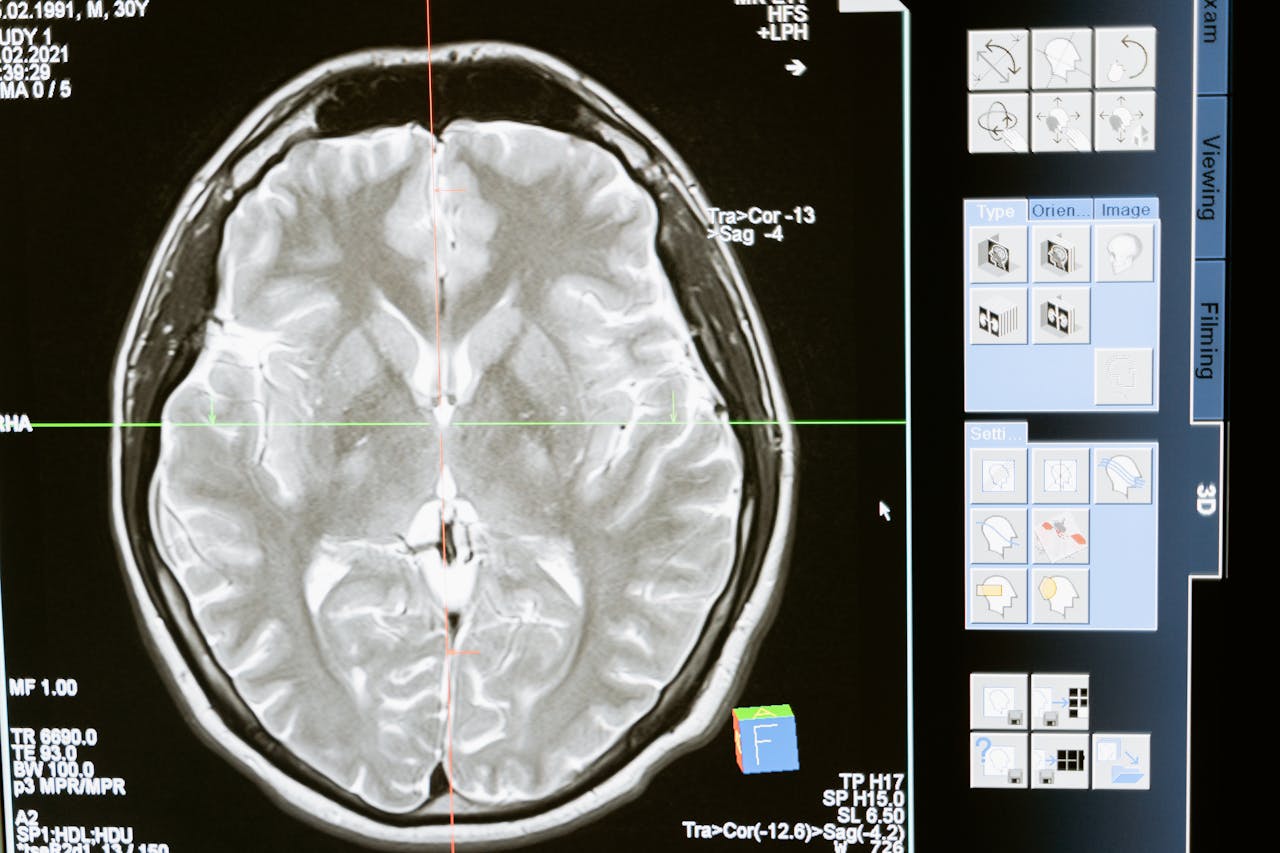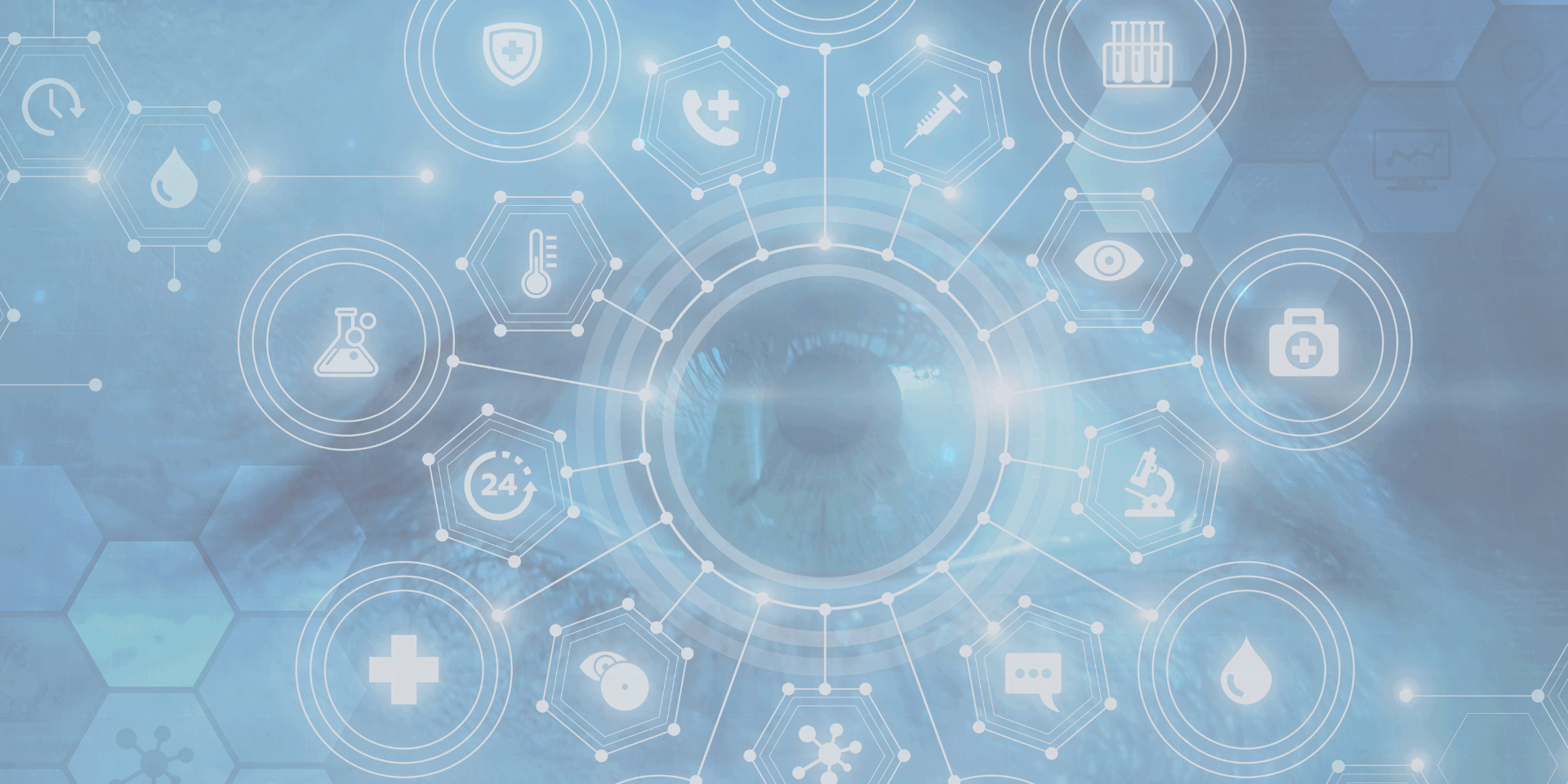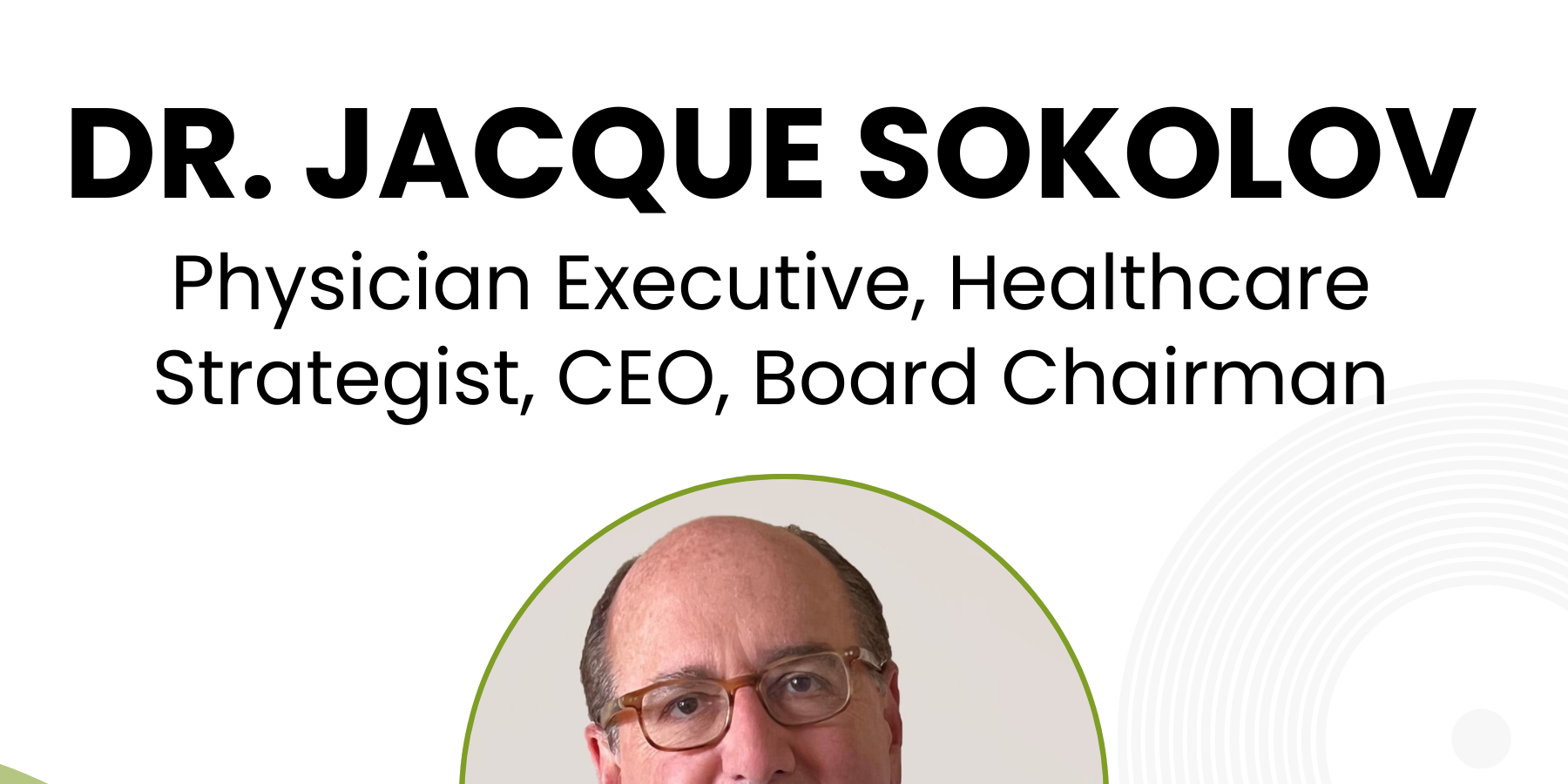What Could Healthcare Look Like in 2035?

With the rapid development and adoption of healthcare innovations, the transformative potential of emerging technologies in healthcare over the next 10 years seems limitless. A Forbes article published this week discusses how AI and biotech are, of course, foundational technologies already revolutionizing the industry. What other breakthroughs could we see in the coming years?
- Bioprinting is the use of 3D printing technology and could evolve to create tissues and entire organs on demand. This innovation promises to address the persistent shortage of organ donors and minimize rejection rates by customizing organs to match recipients’ genetic profiles. Scientists are already bioprinting simple tissues and parts of human hearts, with the potential for this technology to revolutionize organ transplantation within the next decade.
- Another significant trend is the application of genomics and gene editing. By 2035, technologies like CRISPR could eradicate many hereditary diseases, including muscular dystrophy, Huntington’s disease, cystic fibrosis, and various cancers. Personalized medicine, tailored to individual genetic makeups, will likely become more widespread, improving patient outcomes and reducing healthcare costs associated with remedial care.
- Predictive healthcare, propelled by the virtual AI and telemedicine revolution, could diagnose and treat conditions before they become apparent, with immersive virtual reality environments and autonomous robots enhancing remote care. This shift towards virtual and home-based healthcare promises to make treatments more efficient and accessible.
The vision of a more advanced healthcare landscape that enhances wellbeing, increases lifespan, and reduces healthcare costs is incredibly promising. Technologies like bioprinting, genomics, and predictive healthcare will play crucial roles in achieving this vision.









